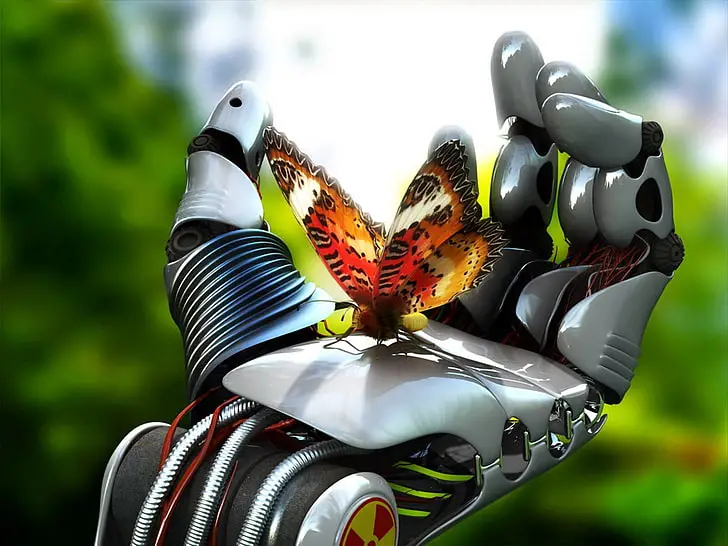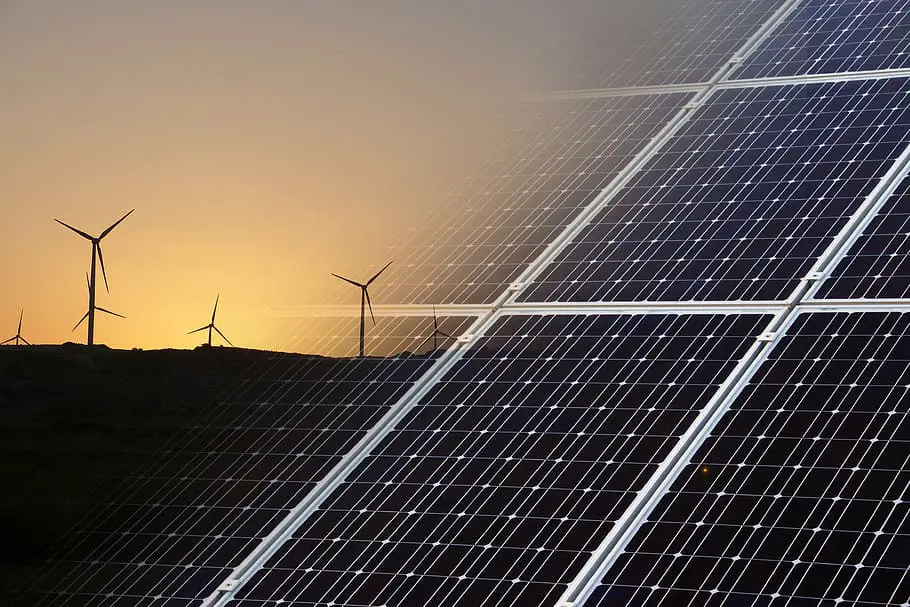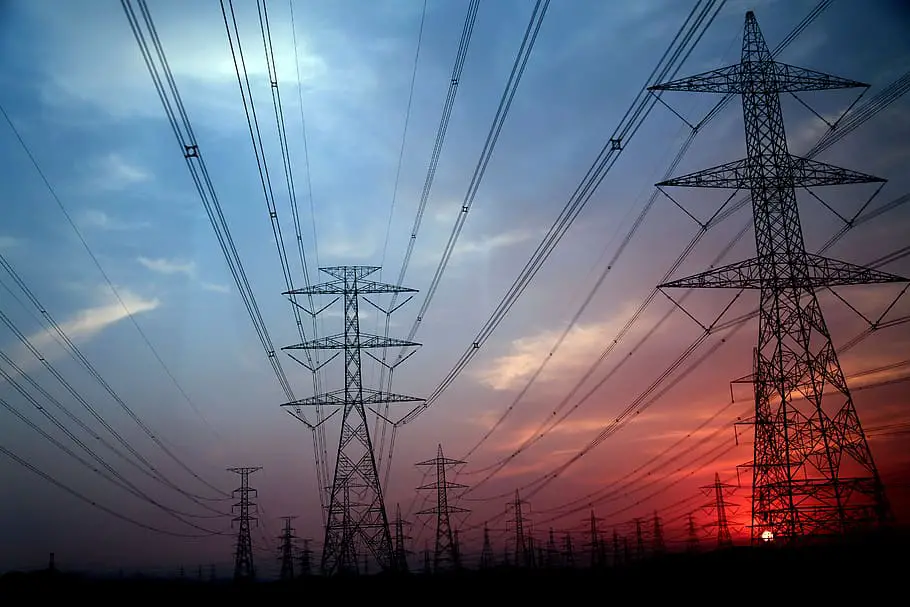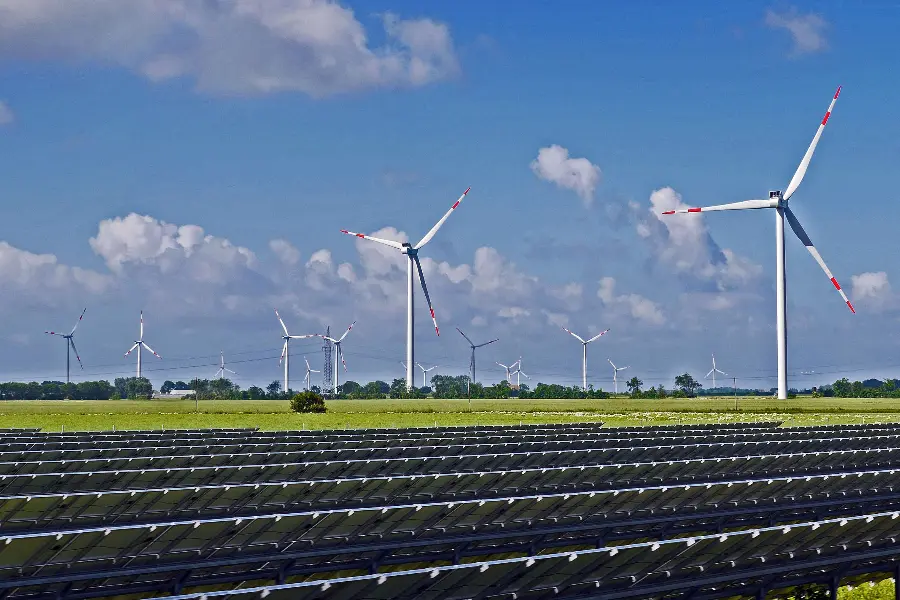
With so much positive attention being paid to Green Technology it’s also important to know what are the disadvantages of green technology. Let’s explore this.
Ever wondered about what are the disadvantages of green technology?
It’s a question that doesn’t get asked often enough. While in recent years we all got excited about the benefits of going green and clean energy, it’s equally important to understand the other side of the coin.
Today, we’ll explore the challenges and hurdles that come with adopting green technology. So, let’s dive in and uncover the less-talked-about aspects of our sustainable future.
What Are The Disadvantages Of Green Technology
Welcome to our discussion on ‘What are the disadvantages of green technology’.
It’s easy to get swept up in the wave of enthusiasm for green technology, but it’s also crucial to consider the potential disadvantages of renewable energy.
In this post, we’ll be taking a balanced look at this important topic. From the high costs associated with green tech to its dependence on unpredictable weather conditions, and even its impact on social and economic aspects, we’ll cover it all.
So, let’s embark on this enlightening journey together, and delve into the lesser-known aspects of green technology.
Definition of Green Technology
Let’s start with the basics, shall we? Green technology, often referred to as clean technology or environmental technology, is all about creating and using methods, materials, and systems that are environmentally friendly.
The goal is to reduce the harm and environmental impacts to our planet and conserve our natural resources.
It’s a broad field that encompasses everything from renewable energy from alternative energy sources like solar and wind power to green buildings, electric vehicles, and even organic farming.
Brief Overview of the Advantages and Disadvantages
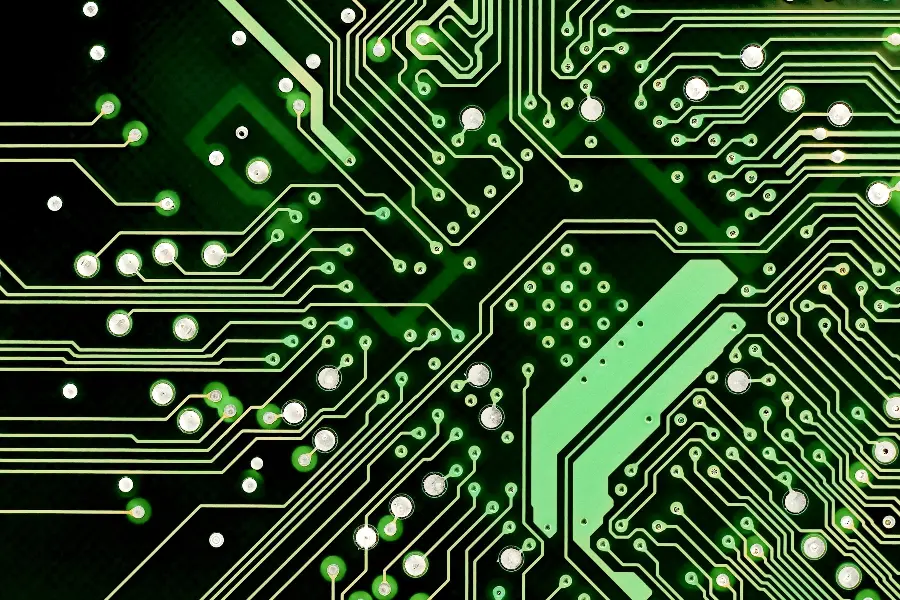
Now that we’ve defined green technology, let’s take a quick look at its pros and cons.
On the plus side, green technology has the potential to drastically reduce our carbon footprint, conserve natural resources, and create sustainable development and a more sustainable future.
It’s also a booming industry that’s creating jobs and driving economic development and growth.
But it’s not all sunshine and wind turbines. There are also some significant disadvantages to green technology.
These include high initial costs, dependence on unpredictable weather conditions, and the need for large amounts of space for installations like solar farms and wind turbines.
Plus, there are social and economic impacts to consider, such as job losses in traditional energy sectors.
In this post, we’ll be delving deeper into these disadvantages, giving you a comprehensive understanding of the challenges we face in our transition to a greener future.
So, stick with us as we navigate the less-charted territories of green technology.
The High Cost of Green Technology
As we venture further into our discussion, let’s tackle a significant hurdle that often comes up when we talk about green technology, the high cost.
It’s no secret that going green can sometimes be heavy on the pocket, at least initially.
Whether it’s installing solar panels on your rooftop or setting up a wind farm, the initial investment can be quite substantial.
But, as with any good story, there’s more to it than meets the eye. So, let’s dive deeper and explore the financial aspects of green technology together.
Initial Investment Costs
First up, let’s talk about the initial investment costs.
Green technology, whether it’s a solar panel system for your home or a large-scale wind farm, often requires a significant upfront investment.
For instance, the cost of purchasing and installing solar panels can be quite high.
And while the idea of generating your own electricity with renewable resources and reducing your reliance on the grid is appealing, the initial price tag can be a deterrent for many in the United States.
However, it’s important to remember that this is a long-term investment.
Over time, the savings on your energy bills can offset the initial energy costs.
Maintenance and Operation Costs
Now, let’s move on to the maintenance and operation costs. While these costs are generally lower for green technology compared to traditional energy sources, they still exist.
For example, solar panels may need to be cleaned and checked regularly to ensure they’re working efficiently.
Wind turbines, too, require regular inspections and maintenance.
These costs, while not as high as the initial investment, are an ongoing part of using green technology.
But again, when we consider the long-term benefits and savings, many find these costs to be a worthwhile investment in our planet’s future generations.
Dependence on Weather Conditions
Now, let’s shift our focus to another aspect of green technology that often raises eyebrows, its dependence on weather conditions.
As you might already know, many forms of renewable energy, like solar and wind power, rely heavily on Mother Nature’s mood swings.
But how does this impact the efficiency and reliability of green technology?
Well, let’s delve into this topic together and shed some light on the role of weather in our quest for a greener future.
Unpredictability of Weather for Solar and Wind Energy
Starting with the unpredictability of weather, it’s a fact that solar power and wind energy are at the mercy of the elements.
Solar panels need sunlight to generate electricity, and wind turbines need, well, wind.
On a sunny, breezy day, it’s all systems go. But what about at night, or on a calm, overcast day?
Energy production can drop significantly, which can be a challenge when it comes to relying on these renewable sources for consistent power.
This is where energy storage systems come into play, but these renewable energy technologies bring their own set of costs and complexities.
Geographical Limitations for Harnessing Certain Types of Green Energy
Next, let’s talk about geographical limitations. Not all locations are created equal when it comes to harnessing certain types of green energy.
For instance, solar energy is most effective in areas that receive a lot of sunlight year-round, like desert regions.
Similarly, wind energy is best harnessed in areas with consistent and strong wind patterns.
This means that the effectiveness of these technologies can vary greatly depending on where you are in the world.
It’s an important factor to consider when evaluating the feasibility and efficiency of green technology in a specific location.
Space Requirements
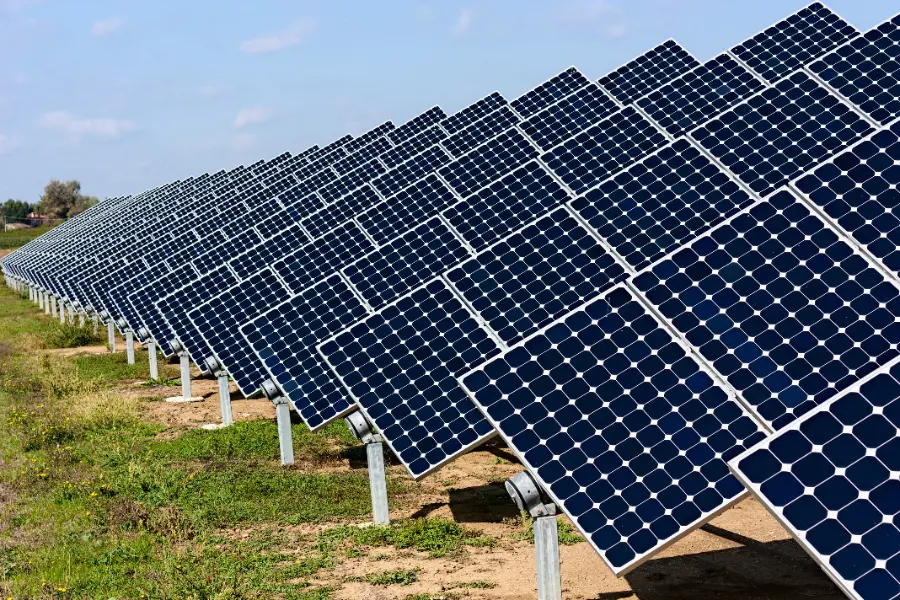
Let’s now turn our attention to another crucial aspect of green technology, space requirements.
It’s a topic that often gets overlooked in the excitement of adopting renewable energy sources.
But the truth is, green technologies like solar farms and wind turbines need a lot of room to operate efficiently.
So, what does this mean for our landscapes and ecosystems? Let’s dive in and explore this often under-discussed aspect of our journey toward a greener future.
Large Land Requirements for Wind and Solar Farms
Firstly, let’s consider the large land requirements for wind and solar farms.
These renewable energy sources aren’t exactly compact. A solar farm, for instance, needs a large, unobstructed area to house the panels and capture sunlight effectively.
Similarly, wind turbines need to be spaced out to catch the wind without interference from each other.
This can mean using up large tracts of land, which might otherwise be used for agriculture, housing, or left in its natural state.
Impact on Local Ecosystems and Habitats
This brings us to our next point, the impact on local ecosystems and habitats.
The installation of wind turbines or solar panels can have negative impacts and can disrupt local wildlife and their habitats.
For instance, wind turbines have been known to pose a threat to birds and bats.
Similarly, large solar installations can disrupt local flora and fauna. It’s a delicate balance to strike, harnessing renewable energy without causing undue harm to our natural environment.
This is why careful planning, environmental regulation, and environmental impact assessments are crucial when setting up these green technologies to avoid creating environmental problems.
Energy Production and Efficiency
As we continue our exploration of green technology, let’s delve into a topic that’s at the heart of any discussion about energy sources, energy consumption, energy production, and efficiency.
How does green technology stack up against traditional energy sources in terms of output and efficiency?
We know they produce less carbon emissions and that’s great but are solar panels and wind turbines able to keep up with the energy demands of our modern world?
These are important questions to consider as we weigh the pros and cons of green technology.
So, let’s roll up our sleeves and dive into the nitty-gritty of energy production and efficiency in the realm of green tech.
Lower Energy Output Compared to Traditional Energy Sources
Firstly, let’s discuss the energy output. It’s true that green technologies like solar and wind power generally have a lower energy output compared to traditional energy sources like coal and natural gas.
For instance, a coal power plant can run continuously and produce a steady output, while a solar farm’s output varies based on the amount of sunlight it receives throughout the day.
This lower energy output is one of the challenges that green technology faces in meeting our ever-growing energy needs.
But we need to also remember about the depletion of natural resources because coal is a finite resource that will eventually be used up.
Inefficiency in Energy Conversion and Storage
Next, let’s talk about energy conversion and storage. Converting sunlight or wind into usable electricity isn’t a 100% efficient process.
Some energy is inevitably lost during the conversion. Additionally, storing this energy for use when the sun isn’t shining or the wind isn’t blowing is another challenge.
Current energy storage solutions, like batteries, are improving but they still have limitations in terms of capacity and efficiency.
These factors can contribute to the overall inefficiency of green technology.
However, it’s important to note that advancements are being made in this field every day, and the gap between green technology and traditional energy sources is steadily closing.
Technological Challenges

Next on our agenda is a topic that’s integral to the conversation about green technology, the technological challenges it faces.
While green technology has made significant strides over the years, it’s not without its hurdles.
From the need for advanced technology for maximum efficiency to the challenges in energy storage and transportation, there’s a lot to unpack here.
So, let’s dive in and explore these technological challenges together, and see how they shape the landscape of green technology.
Lack of Advanced Technology for Maximum Efficiency
Starting with the lack of advanced technology for maximum efficiency, it’s clear that while we’ve made significant strides in green technology, there’s still room for improvement.
For instance, while solar panels and wind turbines have become more efficient over the years, they still can’t convert 100% of the sunlight or wind they capture into electricity.
This is due to limitations in the technology currently available.
However, research and development in this field are ongoing, and we can expect to see more efficient technologies emerging in the future.
Challenges in Energy Storage and Transportation
Next, let’s discuss the challenges in energy storage and transportation.
As we’ve touched on earlier, storing and transporting the energy produced by green technologies is a significant challenge.
For instance, how do you store solar energy produced during the day for use at night?
And how do you transport wind energy produced in a remote wind farm to urban areas where the demand is high?
Current solutions, like batteries and power grids, have their limitations and can be expensive.
However, just like with the efficiency of green technologies, advancements are being made in energy storage and transportation technologies, bringing us closer to overcoming these challenges.
Economic and Social Impacts
As we continue our deep dive into green technology, it’s important to consider not just the environmental implications, but also the economic and social impacts.
How does the shift towards green technology affect jobs, especially in traditional energy sectors?
What are the economic implications for countries heavily dependent on fossil fuel exports?
These are complex questions with far-reaching implications.
So, let’s take a closer look at the economic and social impacts of green technology, and understand the broader picture of this transition.
Job Losses in Traditional Energy Sectors
One of the major concerns when it comes to the transition towards green technology is the potential job losses in traditional energy sectors.
As we shift away from fossil fuels like coal and oil, the industries surrounding these energy sources may see a decline.
This could potentially lead to job losses for those who have spent their careers in these sectors.
However, it’s important to note that the rise of green technology also brings about new job opportunities in renewable energy sectors, which could offset some of these losses.
Economic Implications for Countries Dependent on Fossil Fuel Exports
On a larger scale, the shift towards green technology has significant economic implications for countries that are heavily dependent on fossil fuel exports.
As the global demand for fossil fuels decreases, these countries may face economic challenges.
However, these countries also have the opportunity to invest in green technology and become leaders in the renewable energy sector.
This transition won’t be easy, but with strategic planning and investment, it’s possible to turn these challenges into opportunities for economic growth and diversification.
What Are The Disadvantages Of Green Technology FAQs
As we navigate the complexities of green technology, it’s natural to have questions.
That’s why we’ve included this FAQ section. Here, we’ll address some of the most common queries about green technology, its importance, its main disadvantages, and its sustainability.
So, let’s dive into these frequently asked questions and shed some light on these important aspects of green technology.
Q: What is green technology?
A: Green technology, also known as clean technology, refers to the use of science and technology to create products and services that are environmentally friendly.
This can include renewable energy sources, recycling services, green transportation, and anything else that aids in conserving resources and reducing emissions and waste.
Q: Why is green technology important?
A: Green technology is crucial for a sustainable future.
It helps us reduce our environmental footprint by minimizing waste and emissions, conserving natural resources, and promoting energy efficiency.
Moreover, it’s a key player in the fight against climate change, helping to reduce greenhouse gas emissions and slow global warming.
Q: What are the main disadvantages of green technology?
A: While green technology has many benefits, it also has some disadvantages.
These include high initial costs, dependence on weather conditions for solar and wind energy, large space requirements for renewable energy infrastructure, and lower energy output compared to traditional energy sources.
Additionally, there are technological challenges related to energy storage and transportation and potential economic and social impacts such as job losses in traditional energy sectors.
Q: Is green technology always sustainable?
A: While the goal of green technology is to promote sustainability, it’s not always 100% sustainable.
For instance, the production of solar panels and wind turbines requires energy and resources, and these devices need to be replaced over time.
However, the overall positive impact of the use of green technology is still much less harmful to the environment compared to traditional energy sources.
The key is to continue improving these technologies to make them as sustainable and efficient as possible.
What Are The Disadvantages Of Green Technology Final Thoughts
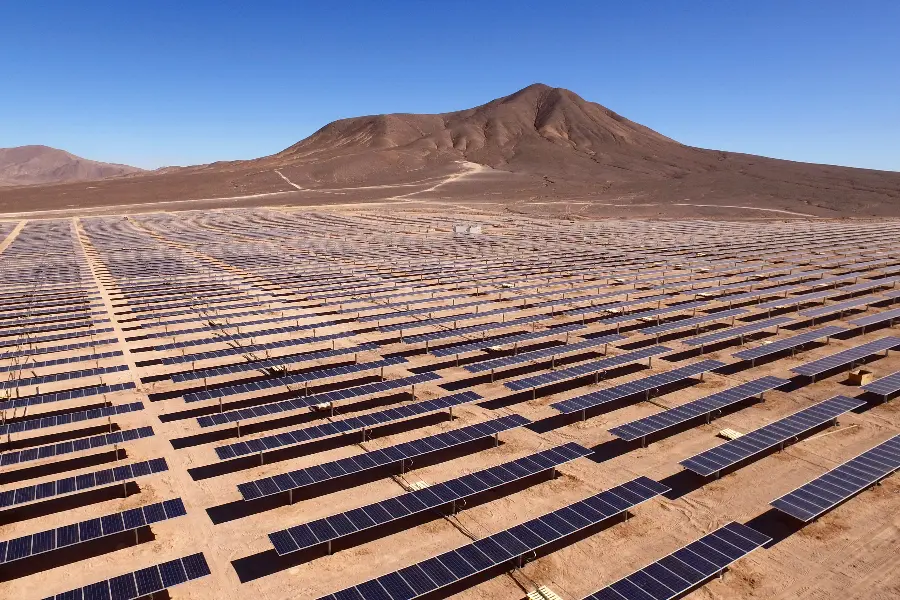
As we approach the end of our exploration into the disadvantages of green technology, it’s time to take a step back and reflect on what we’ve learned.
From the high costs and weather dependence to the space requirements and technological challenges, we’ve covered a lot of ground.
But remember, it’s all about balance. In our conclusion, we’ll recap these disadvantages but also remind ourselves of the importance of green technology despite these challenges.
So, let’s wrap things up and look at the bigger picture of green technology in our world today.
Recap of the Disadvantages
Throughout our discussion, we’ve delved into the various disadvantages of green technology.
We’ve talked about the high initial investment costs and the ongoing maintenance and operation expenses.
We’ve explored how the effectiveness of certain green technologies, like solar and wind energy, can be hampered by unpredictable weather and geographical limitations.
We’ve also discussed the large land requirements for renewable energy infrastructure and the potential impact on local ecosystems.
Additionally, we’ve touched on the lower energy output of green technologies compared to traditional energy sources, and the technological challenges in energy storage and transportation.
Lastly, we’ve considered the potential job losses in traditional energy sectors and the economic implications for countries dependent on fossil fuel exports.
The Balance Between the Advantages and Disadvantages
While it’s important to acknowledge these disadvantages, it’s equally crucial to remember the numerous benefits of green technology.
Yes, there are challenges and obstacles, but the potential for a more sustainable and environmentally friendly future far outweighs these drawbacks.
Green technology offers us a path towards reduced emissions, conservation of natural resources, and a way to combat climate change.
It’s about finding a balance, and understanding that while the road to a greener future may have its bumps, the destination is worth the journey.
As we continue to innovate and improve these technologies, we can work towards minimizing these disadvantages and maximizing the advantages.

